300 Colorado restaurant owners have applied for funding to create outdoor seating areas for winter
COLORADO SPRINGS, Colo. (KRDO) -- This is the second week that the Colorado Restaurant Association and Foundation have taken applications for $500,000 in available funding to help restaurant owners build or expand outdoor seating areas this winter.

The areas are designed to help restaurants offset decreased seating capacity due to the COVID-19 pandemic -- capacity that could be lowered even further with fears of tighter restrictions looming as the number of positive cases continue to spike across Colorado.
According to CRAF president and CEO Sonia Riggs, 51% of the association's 3,500 members want to create or expand outdoor seating areas.
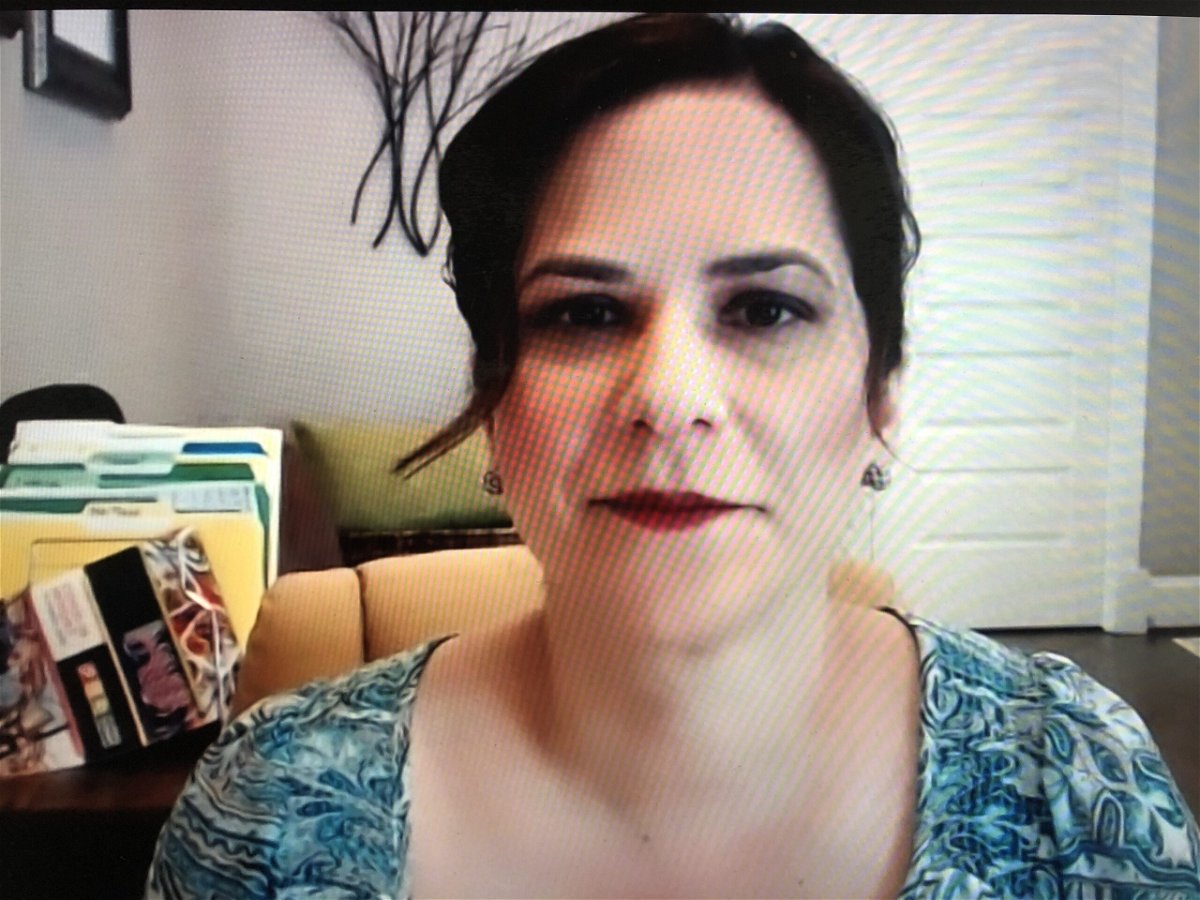
"But the biggest challenge is the expense," Riggs said in an interview with KRDO NewsChannel 13 Wednesday. "It costs around $6,000 to provide that kind of space. And restaurant owners are already dealing with decreased revenue and higher food costs."
The CRAF began taking applications Nov. 1 and will continue through Nov. 13. A second application process starts Nov. 30 and ends Dec. 11. Officials will evaluate the applications and award funding Nov. 23 and Dec. 21.
Riggs said all the money should be distributed by Christmas. The maximum amount a restaurant owner can receive is $10,000.
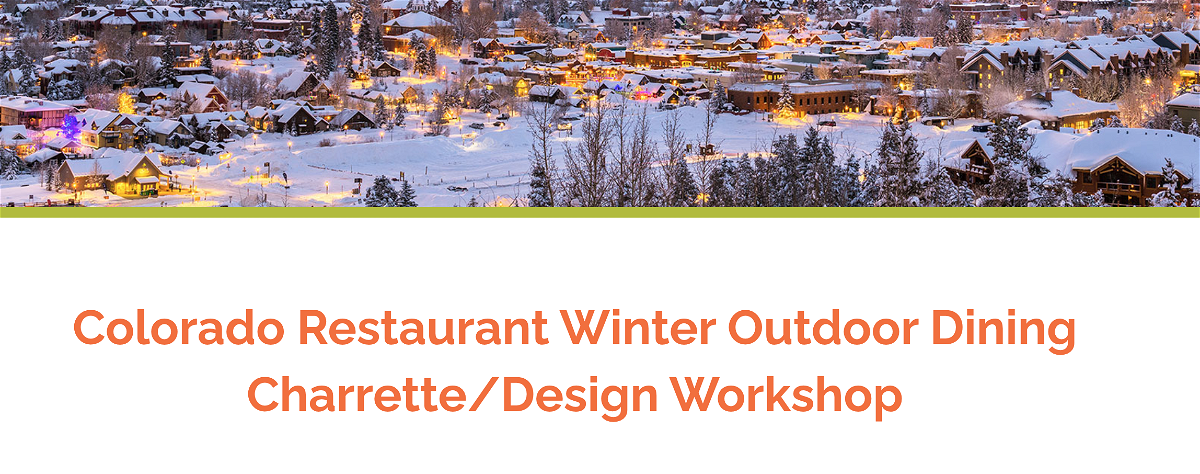
Last month, the CRAF sponsored a workshop that brought local city leaders, architects, engineers, restaurant owners and other professionals together to discuss ideas about the best ways to provide outdoor seating.
But Len Kendall, planning director for the Colorado Springs Downtown Partnership, said it's unclear how popular and extensive additional outdoor seating will be.
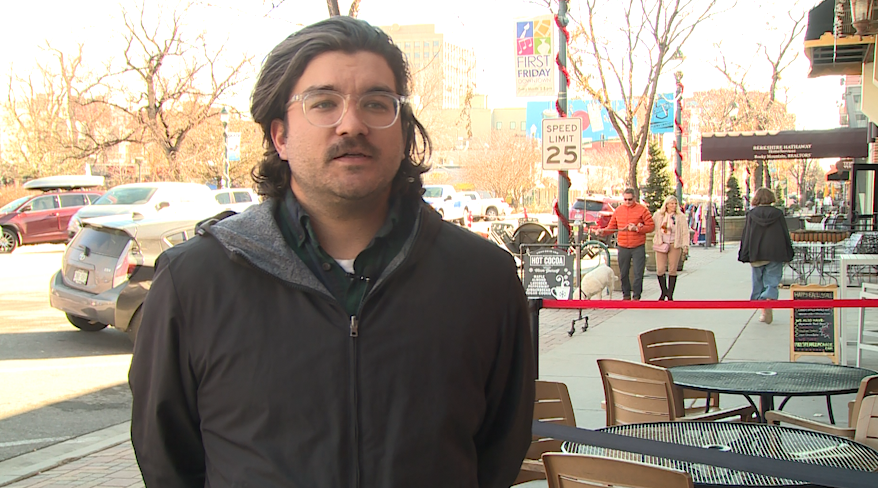
"One restaurant tried it and it didn't last a week because wind kept blowing it down," he said. "I think there's two trains of thought, really. I think it's possible that it could work here. It's very dependent on the specific restaurant and the location. For instance, if they don't have a parking lot --like many of our restaurants downtown don't -- then they're going to have to choose different ideas. They can do roof seating or sidewalk seating."
The city's summer "Dine Out Downtown" concept, in which two downtown street blocks were closed to allow expanded seating, likely wouldn't be continued for winter because of safety related to ice and snow removal.
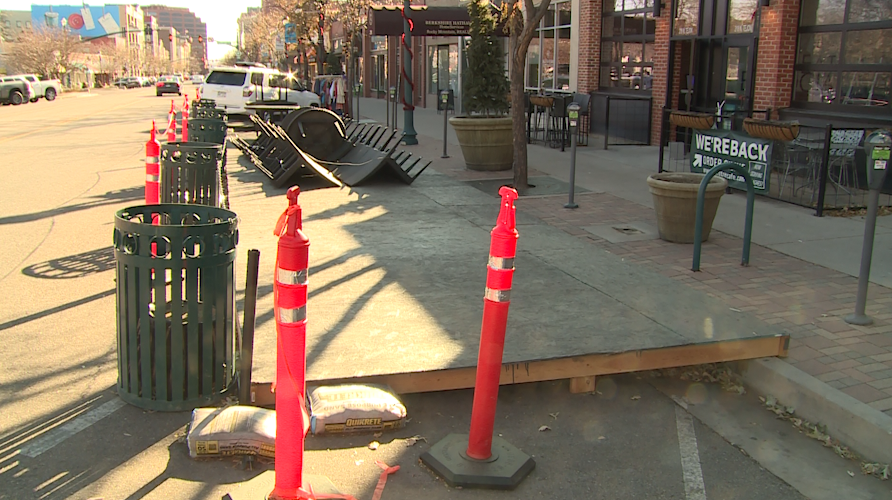
"We closed a block of Tejon Street in front of Acacia Park," Kendall said. "But we found that it didn't work because most of the restaurants were casual dining or takeout. It worked better to close a few parking meters in front of one restaurant and create a dining platform there. That's another option."
Many restaurants have outdoor seating areas with heaters and fire pits but not enough in the way of shelter that would cater to winter dining.
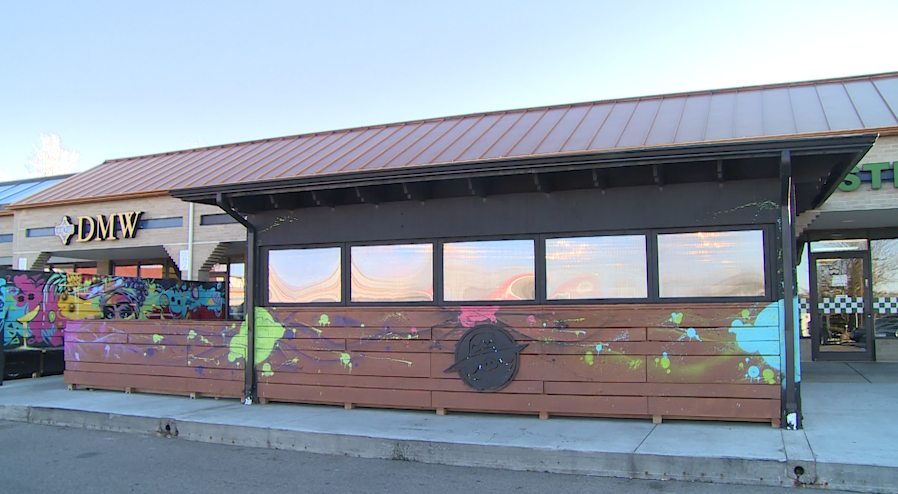
Piglatin Cocina, a restaurant near the intersection of Dublin and Union boulevards on the city's north side, expanded its patio area before the pandemic and is nearly completely covered as well as having heaters.

"That was a $10,000 project," said Daniel Carroll, a manager at the restaurant. "We just wanted a nice place outside for people to be, because our restaurant is small. Without this patio, we'd lose half of our capacity."
For more information, visit: https://cooutdoordining.org/colorado-winter-outdoor-grants-application/.
KRDO NewsChannel 13 talked in more detail with Riggs about the pandemic's effect on the state's restaurant industry.
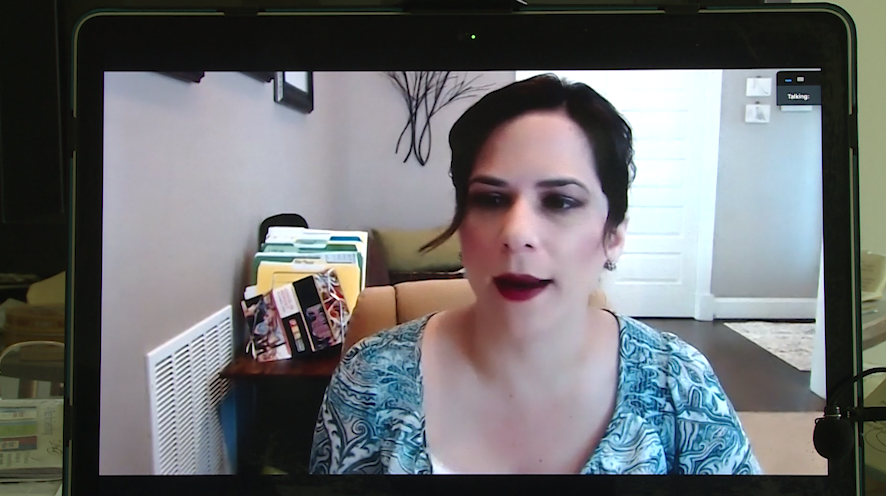
Are the 51% of restaurants seeking to provide outdoor winter dining more than, fewer than, or about what you expected?
"We saw a lot of restaurant owners be creative this summer. They also got help from their cities, counties and the state. We knew that this helped a lot of restaurants. But now, with these restrictions, outdoor dining space is going to be more important than ever to help restaurants survive."
How many restaurants are members of the association?
"We represent around 3,500. That was before COVID. 1,300 more restaurants have signed up to get our emails."
How far will the funding go in helping business owners in this regard?
"We've told restaurant owners about other sources of funding that are available. We'll continue to raise money throughout the winter. We're doing the best we can. Members of the public also have donated. There is an awareness that restaurants have been particularly hard-hit. There's a need for support. What they desperately need is more federal funding and we hope to see that."
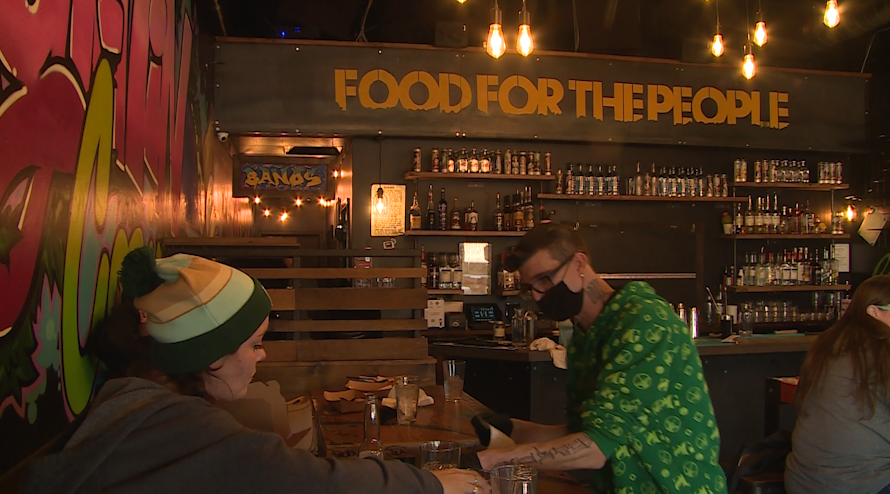
How much of the first round of federal aid is still available for restaurant owners?
"It varies by city and county. The Payroll Protection funding initially didn't work well for restaurants. Part of the requirement was you had to retain 75% of your staff. But how could you do that when you were shut down? The federal funding is really all over the board -- in what the restrictions are, who they're giving the money to and how they're using it. (The CRAF) program is open to any restaurant that can show a financial hardship of at least a 20% loss in revenue, and our priority is going to be to those who can show a 40% loss in revenue."
How many restaurants have had those kind of losses?
"We won't know for sure until we start looking at the applications. In a recent survey that we did, 91% said their revenue was down an average of 40% and 7% say their losses are greater than 80%. Restaurants also employ 10% of our workforce and nearly 80% of restaurants have fewer employees than last year. So the pandemic affects not only where and how we eat, but it also affects how many people are working."
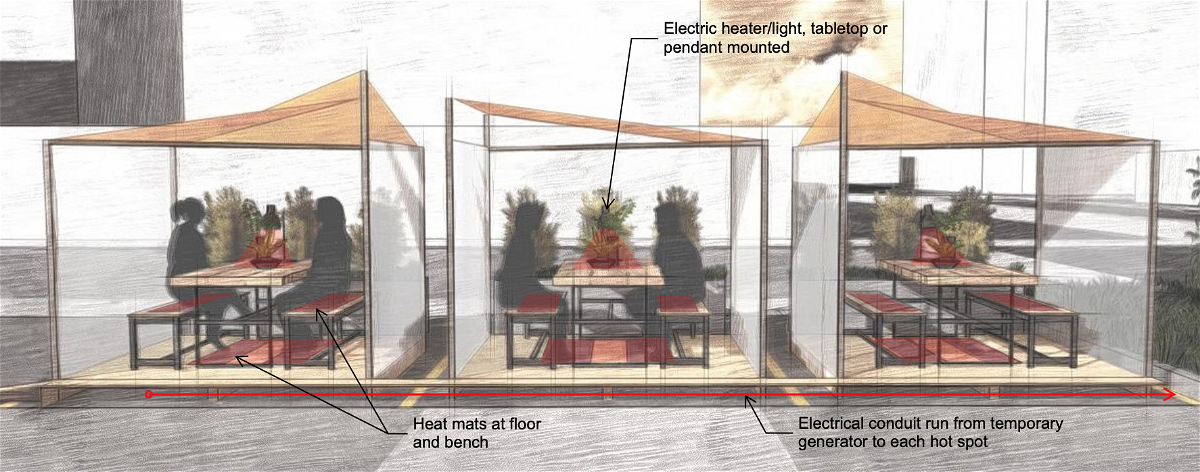
How long do you think this expanded outdoor dining concept will last?
"I think we'll see it through next summer, at least. It could stick around beyond that. It helps that cities and counties are relaxing their codes to make it easier for business owners to expand outdoor dining. It is making a positive difference."
Will every restaurant be able to do this?
"No, probably not. For some, the cost outweighs the benefits. Not one silver bullet will help the industry survive. It will take a combination of things. Restaurants face tighter restrictions, even though the COVID outbreaks generally aren't happening at restaurants. It's unfair."
When the pandemic started, some experts said that it could force from 30% to 50% of all restaurants to go out of business. Was that an exaggerated prediction?
"I think the next three to six months will determine that. Half of restaurants say that under current conditions, they'll consider closing for good. Sadly, I think we'll see more closures over the winter unless there's a big relief package that comes. Some of the estimates are that as many as 400 restaurants have permanently closed in Colorado. I suspect it's more. Our request to the public is to support your local restaurants because they are part of your community."
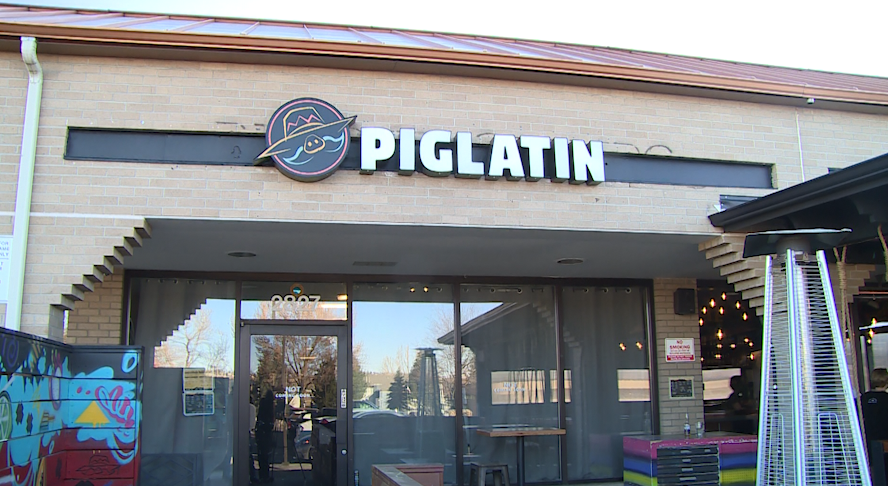
What would you like to see that isn't being done?
"I'd like to see the state be more flexible in approving ways to allow restaurants to increase their capacity. For example, we can't use plexiglass barriers in lieu of six-foot distancing. We can't use air purifiers, filtration systems or ultraviolet lighting. It's extremely frustrating for restaurant owners who are struggling to survive. The profit margin for a restaurant is only 3% to 5%. There's no room for additional expenses."
